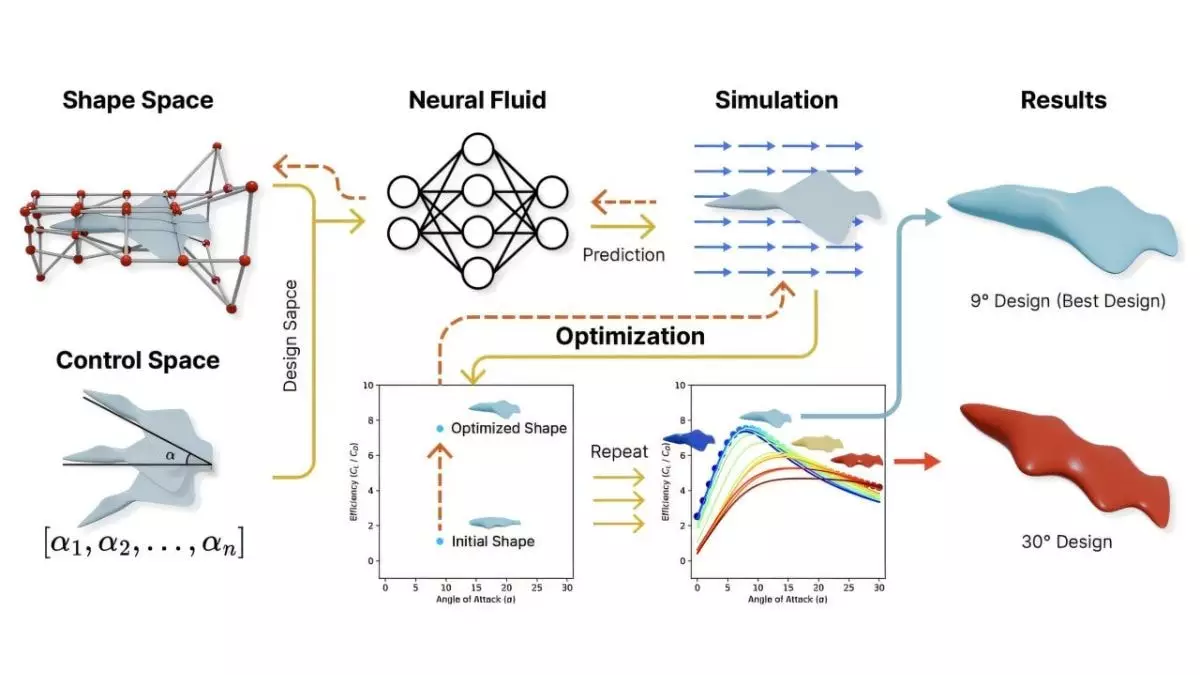The pursuit of efficient underwater movement has long been rooted in the observation of marine creatures. Fish and seals have served as biological blueprints, inspiring engineers to mimic their fluid grace and energy conservation strategies. However, reliance solely on biological inspiration often limits innovation to incremental improvements. As humanity’s curiosity about the oceans deepens amidst climate change and ecological crises, it becomes evident that traditional submarine designs are insufficient to meet the demands of sustainable exploration. The emerging approach of integrating artificial intelligence to engineer novel, bio-inspired underwater vehicles signifies a critical leap forward. This shift isn’t simply about refining existing designs but fundamentally rethinking how we traverse the ocean’s depths—seeking greater efficiency, adaptability, and cost-effectiveness.
Harnessing Artificial Intelligence for Truly Unique Designs
The recent research led by MIT’s CSAIL and the University of Wisconsin-Madison exemplifies this transformative mindset. By deploying machine learning, scientists are venturing beyond tested shapes—like torpedoes or shark-like forms—and discovering an array of innovative configurations previously unimaginable. This approach challenges the flawed assumption that marine-inspired forms must adhere closely to observed biological shapes. Instead, AI-driven algorithms explore a vast design space, evaluating hundreds of variants beyond what human intuition could conceive. The result? Underwater gliders that boast superior lift-to-drag ratios, capable of gliding farther and consuming less energy. These innovations are not mere aesthetic experiments but practical improvements that could redefine long-term ocean monitoring and data collection, crucial for understanding climate change and protecting fragile marine ecosystems.
From Virtual Blueprints to Real-World Impact
What sets this research apart is the integration of high-speed digital modeling with rapid fabrication techniques like 3D printing. Instead of costly, time-consuming physical prototypes, AI-generated designs are simulated and then swiftly produced as tangible prototypes. The two prototypes tested—one resembling a fish and another akin to a winged aircraft—demonstrated that bio-inspired, digitally optimized shapes could outperform conventional models. Such advancements significantly reduce the barriers to innovation, democratizing the design process and allowing for more adaptable, customized solutions aligned with specific exploration missions. This capacity to swiftly iterate and improve designs heralds a future where ocean explorers can deploy highly specialized, energy-efficient vehicles tailored to diverse environments—from deep-sea vents to polar ice waters.
Implications for Our Relationship with the Ocean
If we are truly committed to sustainable exploration, we must move beyond the hubris of controlling nature and instead embrace collaborative intelligence—melding biological inspiration with cutting-edge technology. These AI-designed gliders exemplify that shift, fostering a sense of humility and ingenuity. They challenge us to consider the ethical dimension of exploration: Are we pushing into the ocean’s secrets responsibly, equipped with tools that minimize environmental impact? Such bio-inspired vehicles, with their remarkable agility and efficiency, offer a promising pathway. They can operate for longer durations, gather crucial data more comprehensively, and adapt to the unpredictable currents and conditions of our planet’s last frontier. This is the kind of innovative thinking necessary to ensure that our quest for knowledge does not come at the expense of ecological integrity but instead complements our stewardship of Earth’s vital and fragile marine ecosystems.

